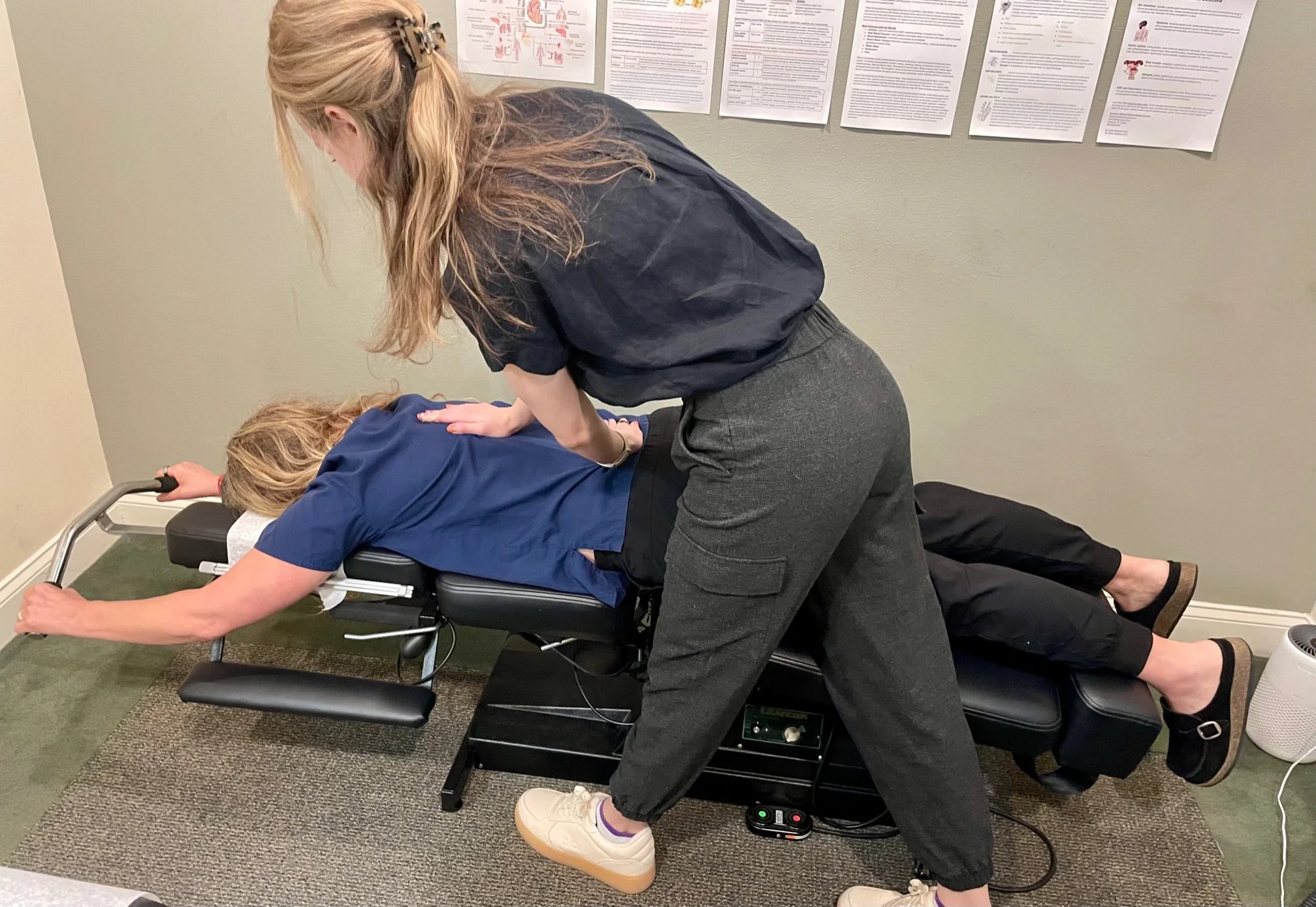Rehab Tech
Pulsed Electromagnetic Field (PEMF) Joint Restoration
Pulsed Electromagnetic Field (PEMF) therapy is a cutting-edge, non-invasive treatment that accelerates healing by breaking down restrictive scar tissue, restoring normal joint motion, and reducing pain and inflammation. Unlike traditional therapies, PEMF penetrates deep into muscles, tendons, ligaments, and nerves, stimulating cellular regeneration and collagen remodeling.
After an injury, whether from trauma (like a rotator cuff tear, knee meniscal tear, or spinal disc damage) or repetitive stress, the body attempts to repair itself by forming scar tissue. While scar tissue is essential for healing, it is denser, less flexible, and structurally different from healthy tissue. Over time, this leads to abnormal joint motion, chronic pain, and progressive degeneration.
PEMF therapy, especially at commercial-grade intensities, is one of the best ways to break down and remodel scar tissue, restoring flexibility and joint function. PEMF softens and remodels scar tissue at the cellular level.
Enhances collagen cross-linking to break down dense, restrictive scar tissue.
Stimulates matrix metalloproteinases, enzymes that help dissolve old scar adhesions. Prevents excessive scarring.
PEMF reduces inflammation that feeds fibrotic tissue growth. Chronic inflammation leads to continuous scar tissue formation, especially in joints. In areas like the shoulder (rotator cuff tears), spine (disc injuries), and knee (meniscus tears), scar tissue limits range of motion and causes stiffness.
Lowers pro-inflammatory cytokines (IL-6, TNF-α), reducing tissue fibrosis. Prevents chronic inflammation from thickening existing scars.
Reduces pain and stiffness, allowing for better mobility.
PEMF restores joint mobility by breaking adhesions. Scar tissue can form adhesions, where fibrous bands of tissue stick to muscles, tendons, or joints, restricting movement.
Breaks down restrictive adhesions at the cellular level. Reduces excess fibrin production, preventing stiff scar tissue from forming.
Stimulates proteolytic enzymes that dissolve dense collagen fibers.
PEMF enhances nerve healing & pain reduction. Scar tissue can compress nerves, causing chronic pain and limiting function. This is common in spinal injuries, neuropathies, post-surgical scars, and deep knee tissue fibrosis.
Regenerates nerve pathways damaged by scar tissue compression. Increases myelin repair, restoring proper nerve function.
PEMF compared to traditional medical treatment.
Massage & Physical Therapy Alone: Can help, but doesn’t penetrate deep tissue scars.
Corticosteroid Injections: Only reduces inflammation, doesn't remodel scar tissue and can damage joint tissue.
Surgery to Remove Scar Tissue: Often leads to more fibrosis and scar tissue post-op.
PEMF is a superior scar tissue treatment technology. PEMF is non-invasive, penetrates deep tissues, and actively remodels scar tissue at the cellular level. PEMF offers a drug-free approach to optimizing health and recovery. Each session takes 15-20 minutes, and costs just one office or plan visit.
CLASS 4 LASER
We have a 15-watt Class 4 laser that promotes faster tissue healing through a process called photobiomodulation. Unlike lower-power lasers, Class 4 lasers deliver higher energy (measured in watts) to penetrate deeper into tissues—up to several centimeters—reaching muscles, tendons, nerves, organs, and even bones. The laser emits specific wavelengths of light, which are absorbed by cells, particularly the mitochondria. This absorption boosts cellular energy production (via ATP), increases blood flow, and reduces inflammation by enhancing oxygen delivery and removing waste products. It also stimulates the release of growth factors and accelerates collagen synthesis, key for repairing damaged tissue.
Compared to natural healing, this process speeds up recovery significantly. Commonly used on neuropathies, disc injuries, inflamed joints, infections, and ligament/tendon injuries.
Spinal Decompression Traction Table
The Motorized Flexion Distraction Table treatment is considered one of the best nonsurgical treatments for conditions like radiculopathies, disc herniations, and low back pain due to their targeted, gentle, and highly effective approach. Evidence-Based and Time-Tested Flexion-distraction techniques are supported by clinical evidence for their efficacy in reducing pain and improving spinal function. Chiropractic physicians and physical therapists widely endorse this method as a safe alternative to surgery.
1. Effective Spinal Decompression.
The motorized table technique creates a controlled flexion and distraction movement that relieves pressure on intervertebral discs.
This reduces nerve root compression caused by herniated discs or spinal stenosis, alleviating problems like radiating pain (radiculopathy), numbness, and tingling.
2. Gentle and Non-Invasive.
The Flexion Distraction table uses motorized movements, allowing precise and gentle mobilization of spinal segments. This is especially beneficial for patients with acute pain or those sensitive to high-force manipulations.
3. Reverse Degenerative Disc Loss. Improved Circulation and Healing.
The rhythmic motion enhances blood flow to the spine and surrounding tissues, which delivers nutrients and oxygen needed for healing.
By reducing inflammation, the technique accelerates recovery from disc injuries and nerve irritation.
The increased spinal movement causes pressure changes within the disc that allows fluid to get sucked into the disc. This directly improves disc degeneration and disc loss, which is caused from dehydration of the disc from lack of motion.
4. Restoration of Normal Function
The technique helps restore proper spinal alignment and mobility, addressing underlying biomechanical dysfunctions contributing to low back pain.
It relieves muscle tension, reduces joint stress, and helps reestablish normal movement patterns.
5. Customization and Versatility
The Distraction table is customizable to a patient's specific condition, body type, and tolerance level.
This versatility makes it ideal for treating a wide range of conditions, from mild low back pain to severe radiculopathies; like sciatica.
6. Symptom Management and Prevention
By decompressing the spine and reducing nerve irritation, the technique not only alleviates current symptoms but also prevents worsening or recurrence of conditions like disc herniation and radiculopathy.
7. Reduction in Surgery and Medication. Better Disc outcomes on MRI compared to Physical Therapy.
Many patients who undergo Flexion Distraction table treatments avoid the need for invasive surgical procedures or prolonged medication use, minimizing potential complications and side effects.
Compared to physical therapy active exercise, flexion distraction showed significantly better outcomes for patients with lumbar radiculopathy. A series of pre and post MRI studies of cervical and lumbar spine disc herniations showed reduction in size of the herniation after flexion distraction treatment.


